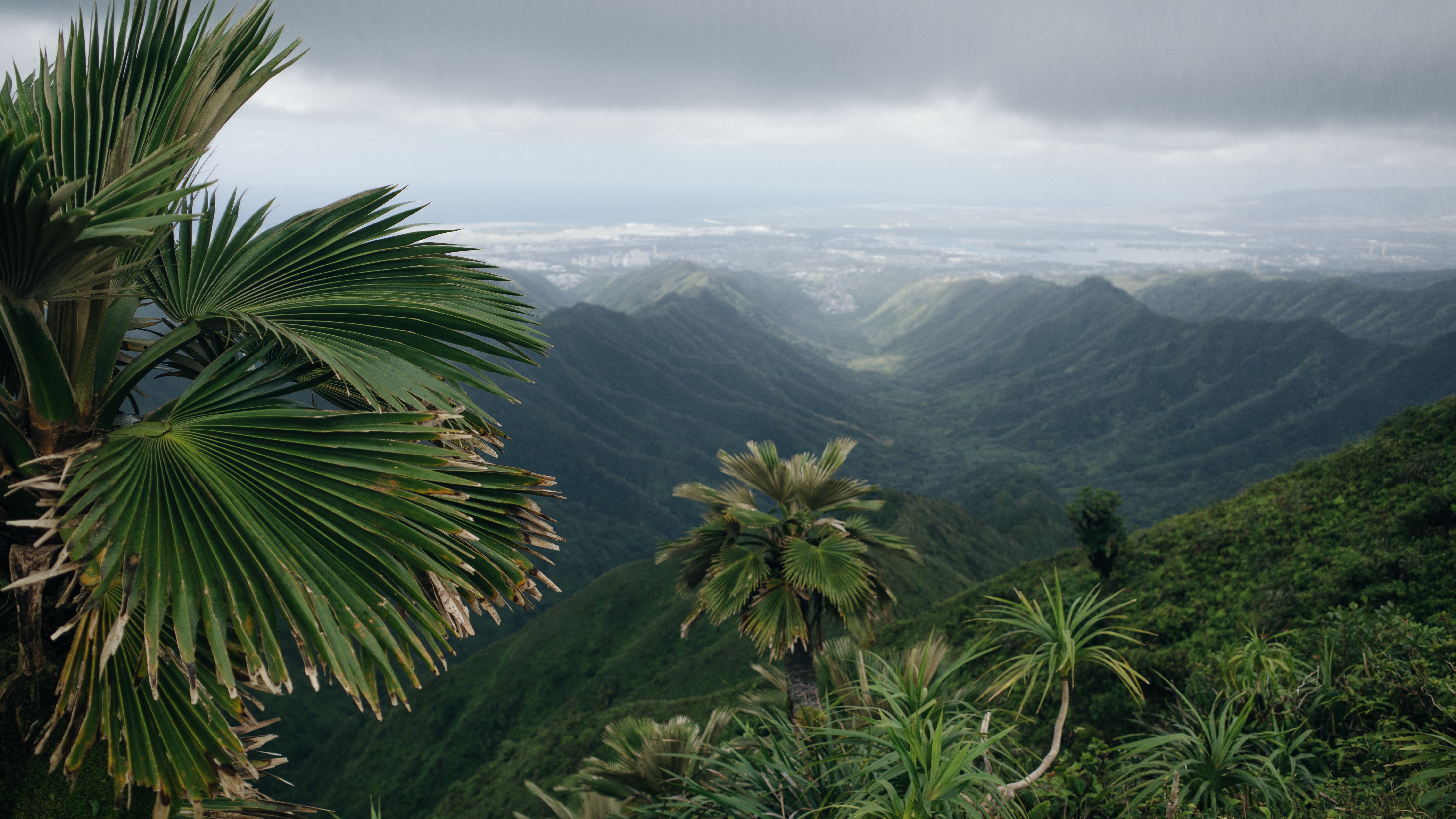
Ian Snyder, who fell 1,000ft while hiking alone in Hawaii last year, has made a video sharing some of the important lessons he learned from the experience to help others avoid making the same mistakes.
Snyder was hiking the Koolau Summit Trail in December when he fell, and was left stranded and injured at the foot of a waterfall. Although his family knew he had gone walking, they didn't know where, and it was three days before a search and rescue helicopter crew spotted him waving for help.
Snyder recorded the video walking a trail near his home in California, wearing an eye patch to help with an ongoing issue with double vision. He explains that he is not yet up to full strength, and his memories of the day are hazy, but there are a few things he definitely won't do again.
"I got the trail off of Google Maps, for better or worse," he explains. "For worse, obviously [...] I didn't do enough research beyond that, so first of all, do more research before you make a plan."
Snyder says that from now on, he will check more apps and guides before setting out, and mentions AllTrails as one that, although it might not be perfect, has proved useful before.
Snyder says from now on, he'll always tell someone his plans once he's decided on a route.
"I told my parents, who were kind of my contact, but this trip was solo." he said, explaining that he had told them where he was going the day before, but hadn't given them specifics.
All the latest inspiration, tips and guides to help you plan your next Advnture!
Hiking alone can be a great way to reconnect with nature and enjoy some quiet, contemplative time, but you should always tell a friend or family member exactly where you're going and when you plan to be back, so they can call emergency services if you don't check in as expected. Navigation apps can be handy aids, but technology isn't infallible, and you should know how to navigate using a paper map and compass.
You may also want to consider taking a personal locator beacon or satellite communicator so you can check in with friends and summon emergency help in areas without cellular connectivity. Check out our guide to essentials for solo hiking for more advice, and make sure you also have the ten essentials for any hiking expedition.
- The best compass: our top recommendations for reliable navigation

Cat is the editor of Advnture, She’s been a journalist for 15 years, and was fitness and wellbeing editor on TechRadar before joining the Advnture team in 2022. She’s a UK Athletics qualified run leader, and in her spare time enjoys nothing more than lacing up her shoes and hitting the roads and trails (the muddier, the better), usually wearing at least two sports watches.
